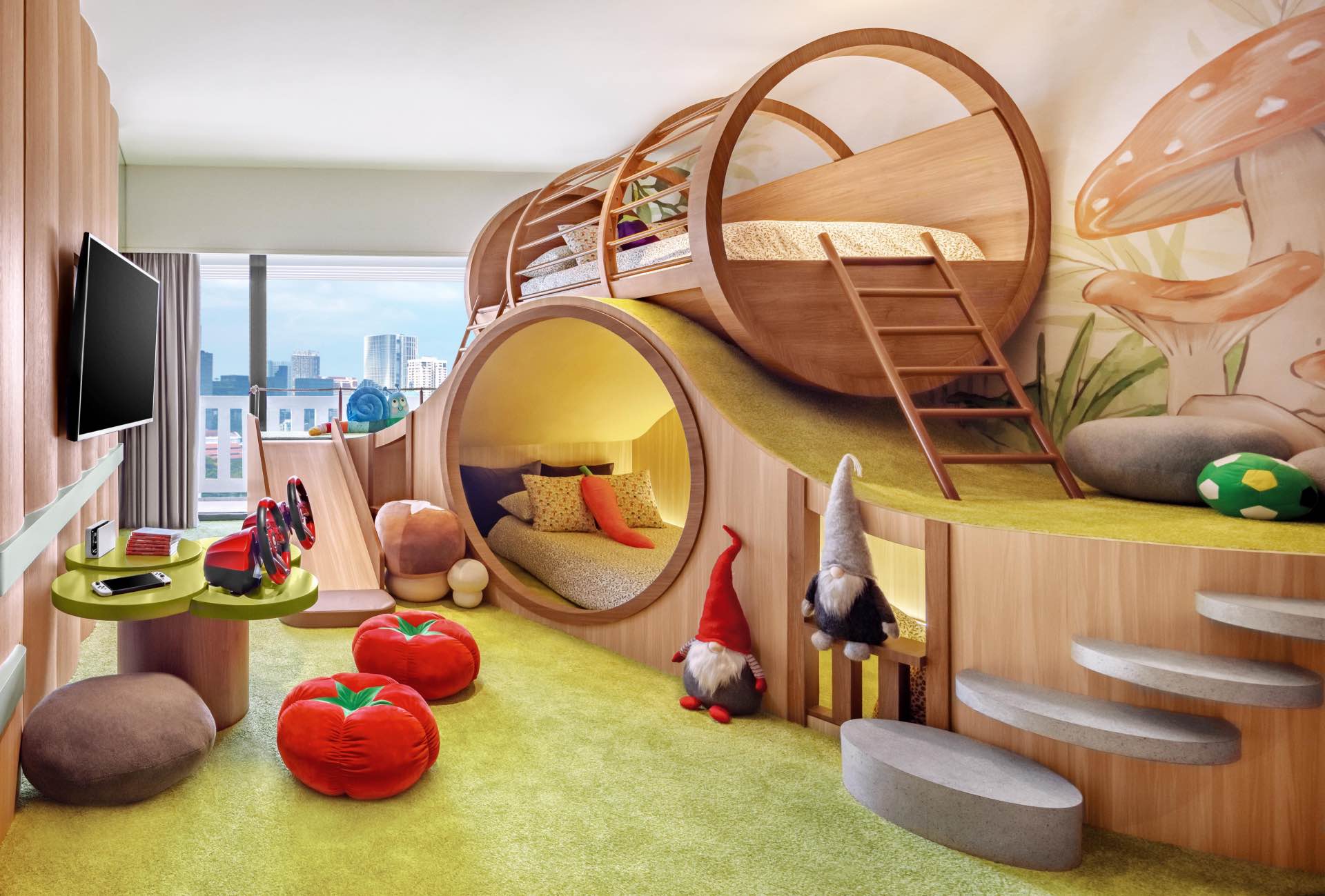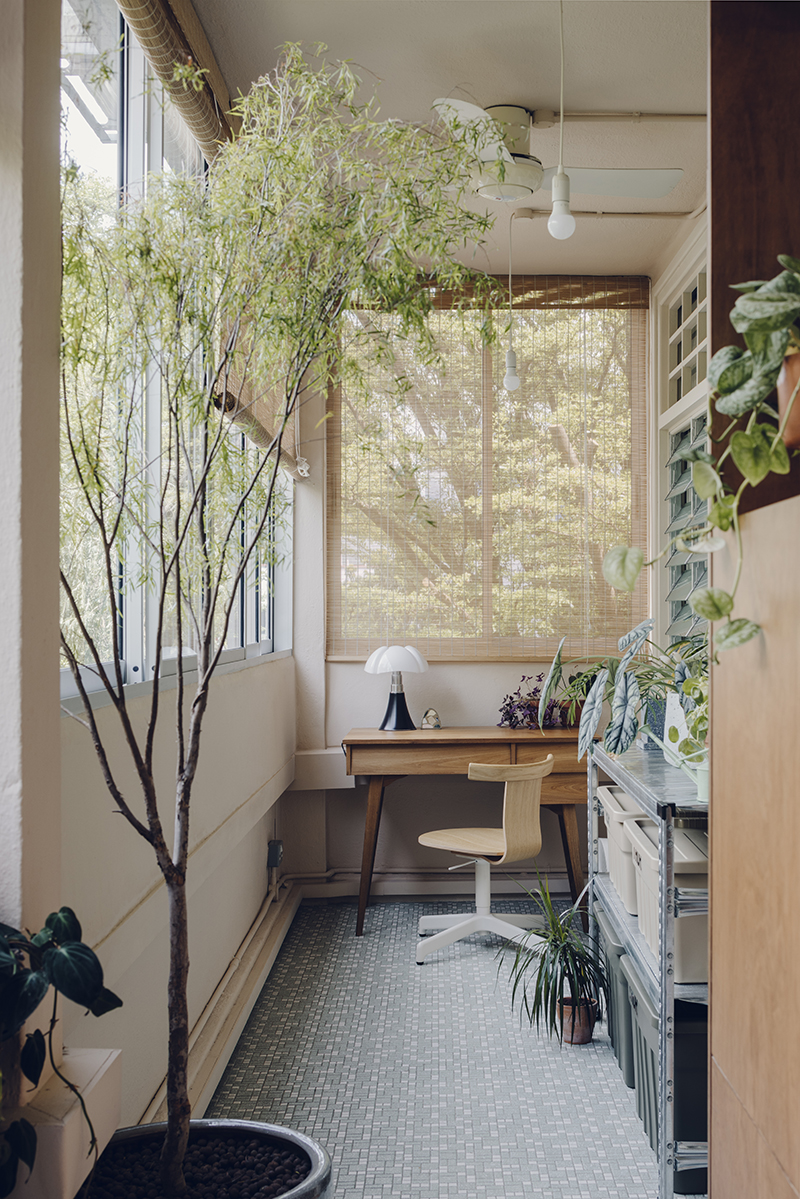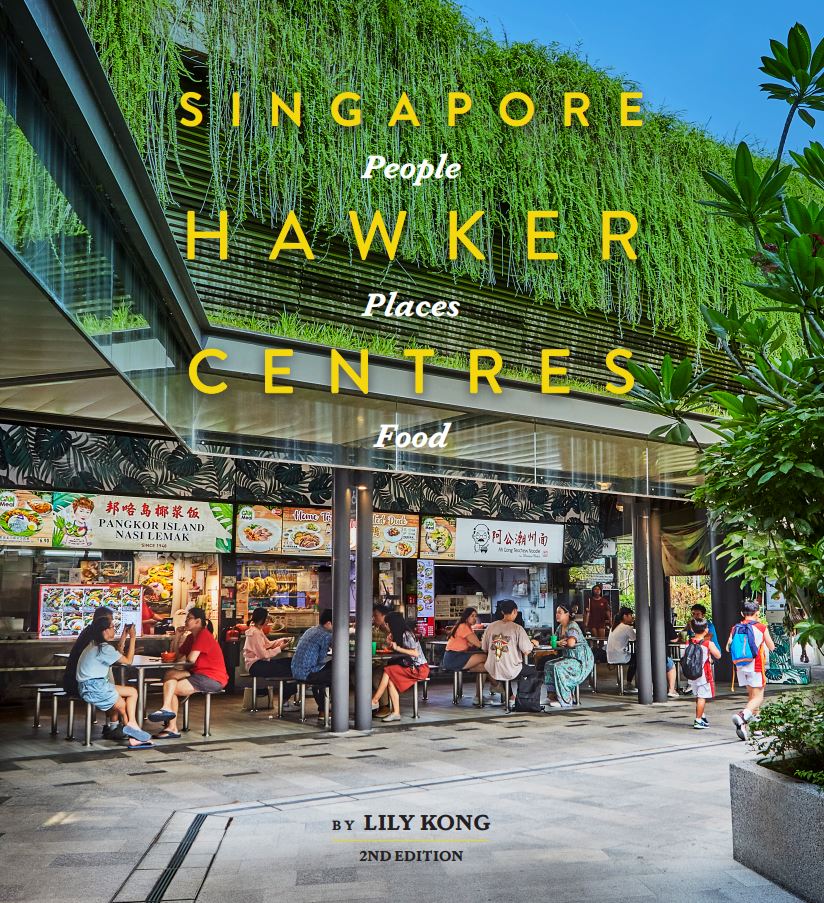
“Our hawker culture is a reflection of Singapore’s heritage and community,” says Professor Lily Kong, author of Singapore Hawker Centres: People, Places, Food and the president of Singapore Management University. “It has undoubtedly shaped our identity; there is no understanding of Singapore without insight into hawker culture.”
With this in mind, the second edition of the publication came to fruition.
Launched on Dec 18 with the support of the National Environment Agency (NEA) and National Heritage Board (NHB), the book is a continued celebration of hawker culture and its role as part of Singaporeans’ everyday lives.
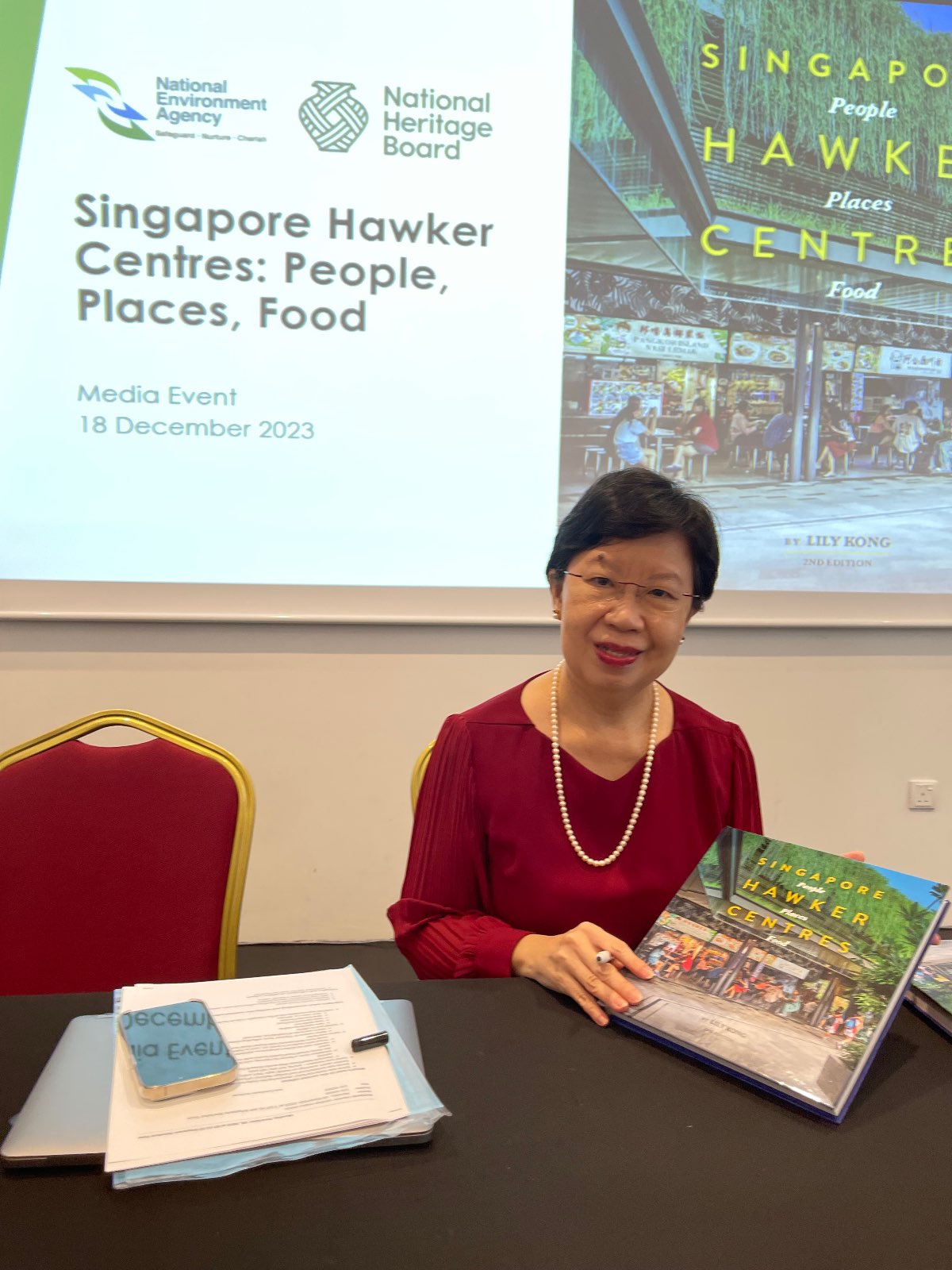
Prof Kong explains that the idea to update it came in 2020 because the first edition was published in 2007. She thought she would introduce some new hawkers, new foods and new centres, and be done with it because not much would have changed.
“Well, I was terribly wrong,” she says, because Covid struck. As a result, there was a lot of new material pertaining to not just hawkers but job roles, companies and even government offices.
The second edition continues the legacy by shedding light on how hawker culture has developed since then, and further explores its significance as a Singaporean icon. The publication delves into hawker culture’s significance in Singapore and updates on its evolution over the past 16 years, including the resilience of the hawker community during Covid-19, the 2020 inscription on the UNESCO Representative List of Intangible Cultural Heritage of Humanity, and the people that keep hawker culture alive. It also includes personal stories of the hawkers behind our well-loved local dishes.
Prof Kong shares that there are new nuggets of historical information in the book, and reveals that the first physical shelter for hawkers was built precisely 100 years ago, in 1923, although not in the way that we know it today.
Her favourite chapter is “Food, Glorious Food!” where she delves into the food itself. Over time, many new foods have been introduced, while some traditional ones have been reintroduced. However, she says, “This is not about the best char kway teow or chicken rice; it’s about different kinds of food culture in Singapore.”
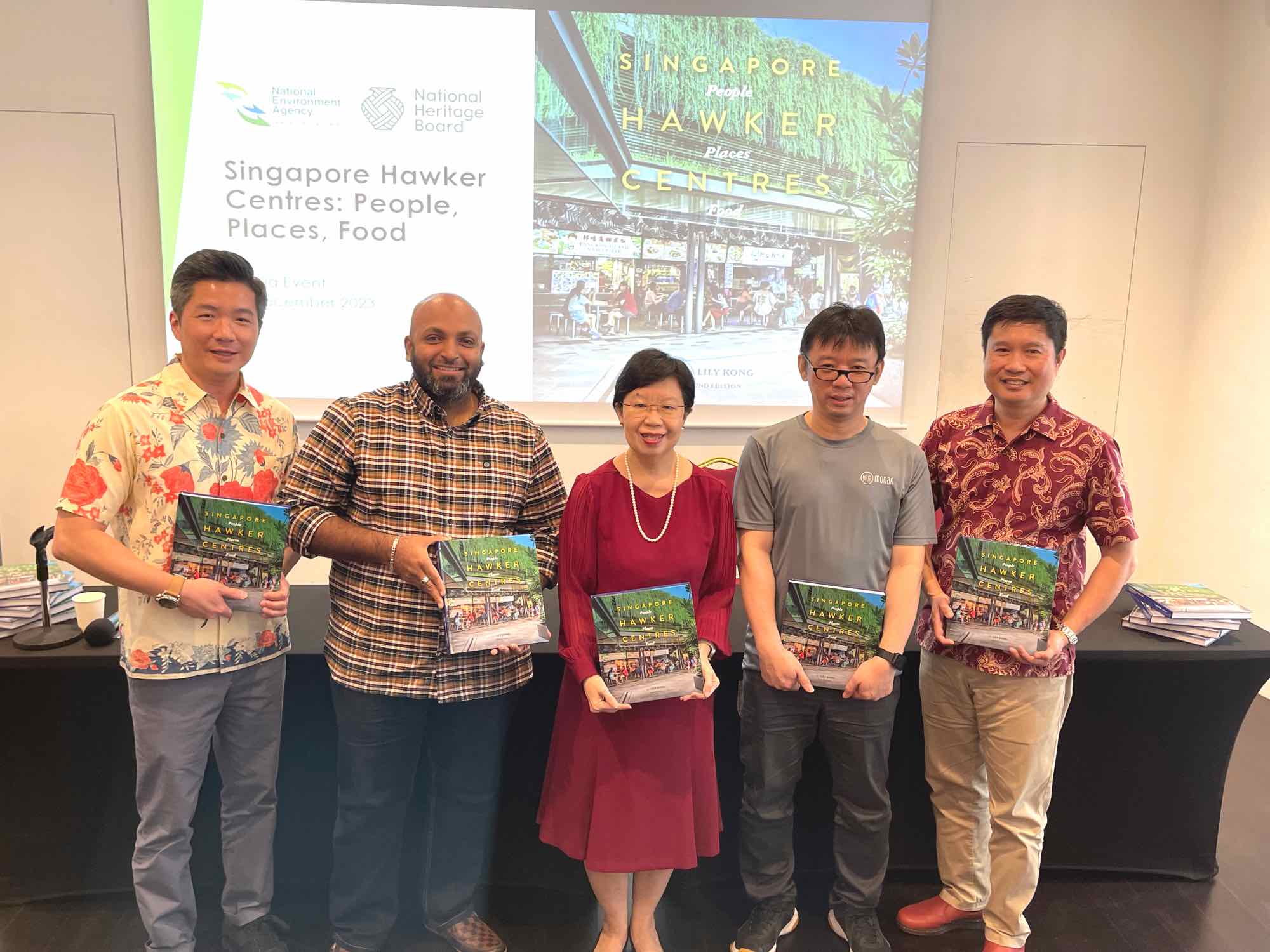
Subsequent chapters showcase how hawker culture has adapted to deal with crises such as Covid, and how hawkers remained resilient despite challenges like increasing ingredient costs and manpower issues.
Highlighted here are tech-savvy hawkers, delivery services and new business models. An example is NEA’s programmes that ensure the sustainability of hawker centres, such as Incubation Stall Programme, Hawkers Succession Scheme, and the Hawkers Development Programme.
The second edition of Singapore Hawker Centres: People, Places, Food retails at $39.90 from Dec 26 at leading bookstores and museums islandwide. It is also available online at SPH Media e-commerce platform STbooks.sg at a promotional price of $33.90 from now till Dec 25.




